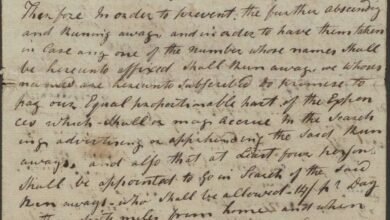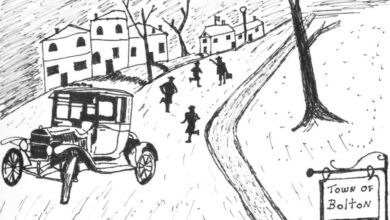The Subway Sun: Advertising Public Health & Safety


 Over five decades, The Subway Sun advised, informed, and admonished New York subway riders – encouraging civility, safety, cleanliness, and pride in their city and its mass transit rail system.
Over five decades, The Subway Sun advised, informed, and admonished New York subway riders – encouraging civility, safety, cleanliness, and pride in their city and its mass transit rail system.
Designed to resemble the front page of a newspaper, The Subway Sun quickly became a part of daily life for millions of riders. Initially, the posters were text-based and emphasized the benefits and conveniences of the Interborough Rapid Transit (IRT) system, as well as announced schedule, fare, and safety information.
By the mid-1930s, illustrator Fred G. Cooper brought his distinctive cartoon style to the campaign, adding charm and wit to its messages. Many of his posters promoted New York’s cultural gems that you could reach by rail, such as the Bronx Zoo, the Hayden Planetarium, and the Brooklyn Museum.
In 1946, Amelia Opdyke Jones succeeded Cooper, infusing The Subway Sun with a fresh perspective.
Under her direction, Subway Sun posters tackled one of the biggest challenges of any transportation system: encouraging the people sharing their commute to behave.

 Her etiquette posters asked customers to keep the subways clean, provide ample space for fellow passengers to sit and stand, and refrain from holding the train doors to keep trains running on time.
Her etiquette posters asked customers to keep the subways clean, provide ample space for fellow passengers to sit and stand, and refrain from holding the train doors to keep trains running on time.
The New York Transit Museum’s latest exhibit, Shining a light on The Subway Sun: The art of Fred G. Cooper and Amelia Opdyke Jones, brings the campaign’s story to life. Featuring selections from the Museum’s extensive collection of original artwork and vintage posters, the exhibit delves into the evolution of this influential campaign and the artistry behind it.
Visitors to the exhibit can discover the creative process behind crafting a compelling ad campaign, from early concept sketches to polished posters. Jones’s detailed margin notes, like printing instructions and painted color swatches, are on display, along with Cooper’s whimsical signature symbol: a small bird with a question mark above its head.
The exhibit also invites attendees to explore how The Subway Sun encouraged New Yorkers and tourists alike to embrace the city’s vibrant culture using mass transit. Posters promoting iconic destinations like Coney Island, Orchard Beach, and the Met are among the highlights.

 Those exploring the exhibit will find ads tackling the challenges of commuter etiquette, from littering to holding doors. Early campaigns addressing behaviors like “manspreading” and putting feet on seats are featured, showcasing efforts to promote a smoother ride for all.
Those exploring the exhibit will find ads tackling the challenges of commuter etiquette, from littering to holding doors. Early campaigns addressing behaviors like “manspreading” and putting feet on seats are featured, showcasing efforts to promote a smoother ride for all.
Shining a light on The Subway Sun: The art of Fred G. Cooper and Amelia Opdyke Jones opened to the public on February 5th at the New York Transit Museum in Downtown Brooklyn.
Located in a decommissioned 1936 subway station at 99 Schermerhorn Street, the New York Transit Museum is the largest museum in the United States devoted to urban public transportation history. It’s open Wednesday through Friday, from 10 am until to 4 pm; Saturday and Sunday, from 11 am until to 5 pm; and is closed Mondays and Tuesdays, major holidays and for special events.
General admission is $10 for adults, $5 for children 2-17 years old and senior citizens 62 years and up, and free for museum members.
For more information on hours, admission and directions, visit nytransitmuseum.org/visit.
Illustrations provided: Amelia Opdyke Jones’s “Go Subway to Rockaway” and “You Too Can Reach the Beach by Subway,” both circa 1950 (New York Transit Museum).
Source link





